Next to a boat itself, the outboard motor is its most vital organ. The outboard motor is the driving force behind the water world. Without it, the thrill of a catch might never be felt, and the delight of a Sunday cruise might escape us. It is the lifeblood of boating, and here we’ll explore what an outboard motor is, how it works, and how you can choose an outboard motor suited for the watercraft of your dreams.
Table of Contents:
– What is an outboard motor?
– What does an outboard motor do?
– How to choose an outboard motor
– How long do outboard motors last?
– How to replace an outboard motor
– How much are outboard motors?
What is an outboard motor?
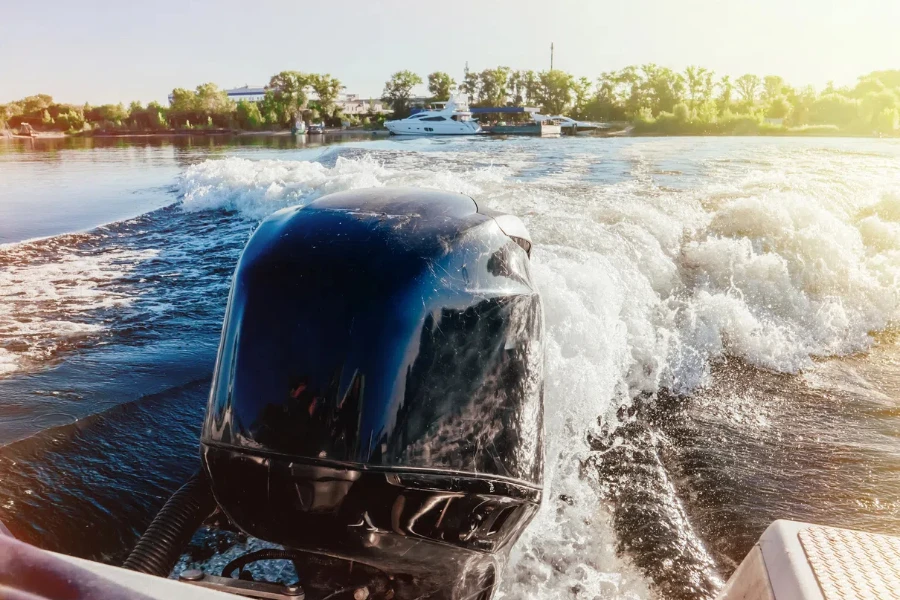
An outboard motor including the engine, gearbox and propeller or jet drive, mounted on the stern, or rear, of a boat. Inland waterways in northern England. Photo by Hedley Smith/ShutterstockAn inboard motor, on the other hand, is built into the boat. While inboard motors offer better performance, an outboard motor’s modularity makes it extremely popular with owners of small to medium-sized boats, from the fishing enthusiast to the leisure boater.
The position on the stern of the boat makes for a better weight balance, and thus a boat with outboard motors tends to be better balanced and more maneuverable than its inboard counterpart. On top of that, the stern position makes for easier penetration into shallow water since there is no propeller at the bottom, unlike in the case with inboards. The external position of the motor also naturally makes the cooling system simpler, since the motor can take advantage of water surrounding it in order to cool and heat itself.
What does an outboard motor do?
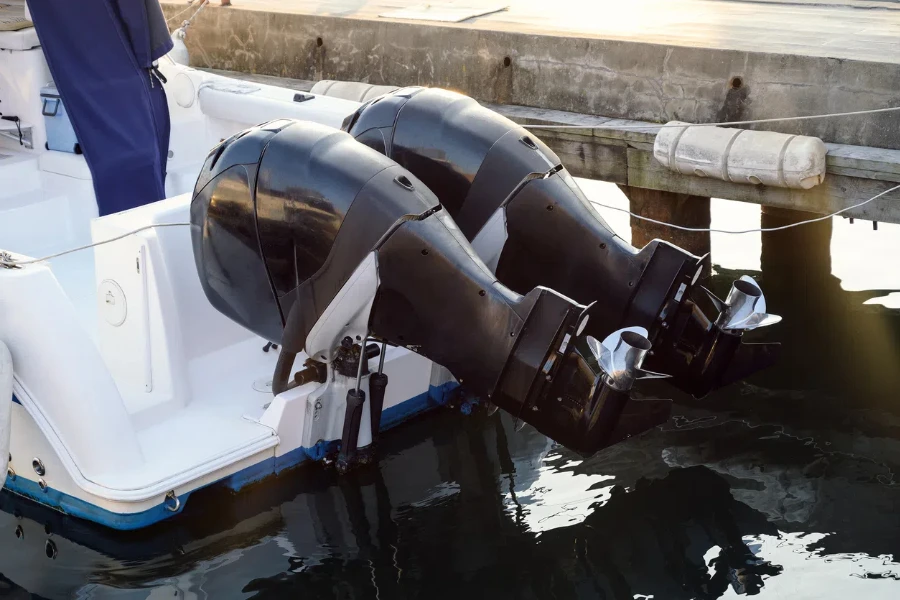
It converts mechanical energy from a fuel-driven motor into kinetic energy that it transmits to the water through the propeller. Using the throttle regulates speed, and the steering mechanism, which is often attached to the helm of a boat, regulates direction. The primary function of an outboard motor is to move the boat through the water.
Even outboard motors make a difference – speed, stability and fuel economy are all affected by the power of the motor itself (calculated in horsepower or HP), and the motor’s design, such as the kind of propeller it uses, affects how well a boat will sail through the water.
How to choose an outboard motor
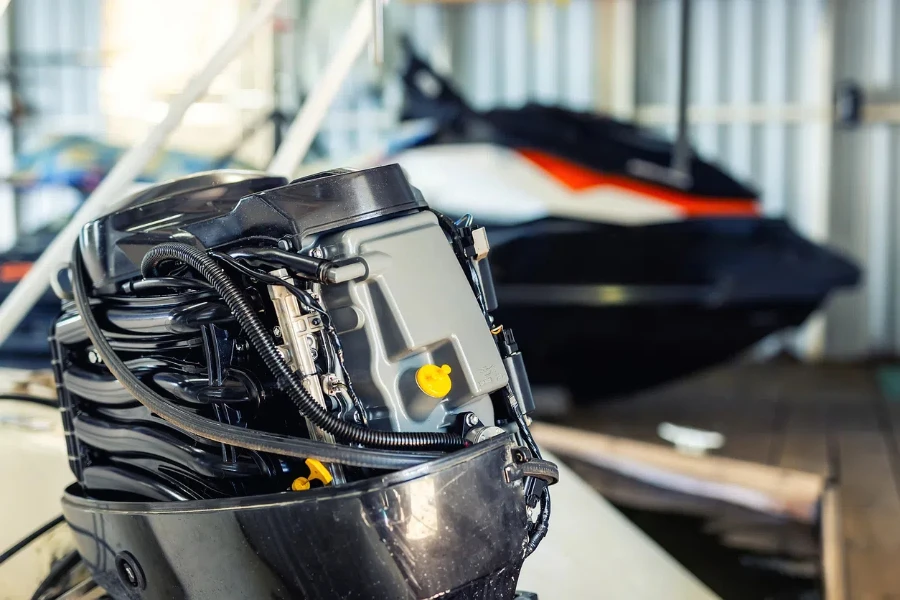
When deciding on the kind of outboard motor to use for your boat, size, weight, and activity matter, but more importantly, so does horsepower(HP). Too little horsepower and your boat will underperform; too much and you burn too much fuel and could end up with a boat that’s hard to handle.
The type of water you’ll be playing in factors in as well: saltwater environments require materials that can withstand corrosion while freshwater boating has more lenient material demands; the specifics of a motor’s weight will dictate how that will impact your boat’s balance and performance. Outboard motors are available in various fuel types: gasoline, diesel, electric, and more, each with different tradeoffs on power, efficiency and ecological impact.
How long do outboard motors last?
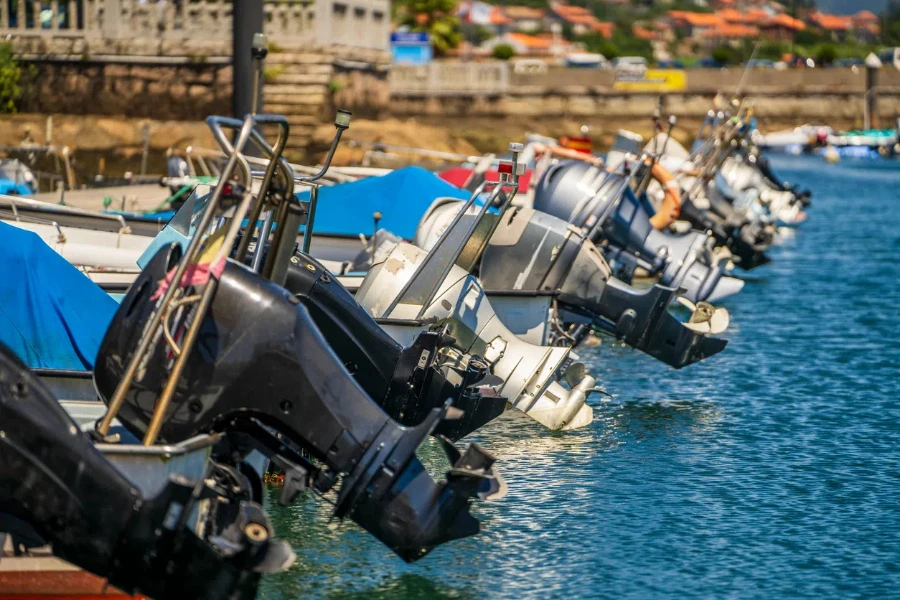
The lifetime of an outboard engine will depend on its maintenance, usage and quality of its manufacture. The average outboard motor lifetime is 1,500 to 2,000 hours. If an outboard motor is well maitained by changing oil, flushing a cooling system or checking the propellor, the lifetime of this device will be increased.
Environmental factors can make a difference, too – for example, if you use your boat in saltwater, it takes more care to avoid corrosion. Even the way you use the motor can have a bearing: if you tend to run at full throttle more often than steady cruising, that can also reduce motor longevity. The most important thing you can do to achieve optimal life from your outboard motor is to follow the manufacturer’s recommendations for both use and care.
How to replace an outboard motor
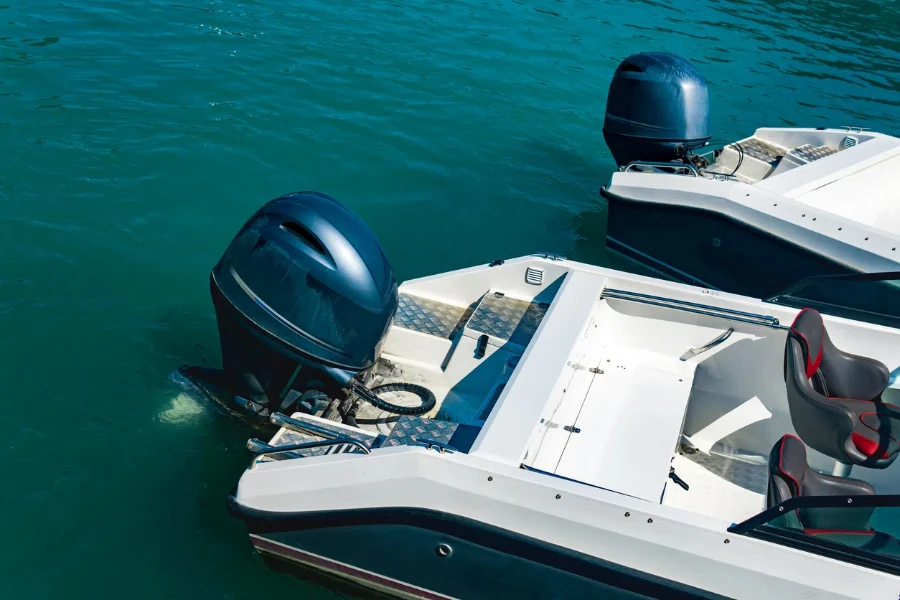
To replace an outboard motor, you have to go through a number of steps: first you have to select a new motor that matches your boat and your performance requirement; then you have to remove the old one. The process of removing the old outboard consists in detaching the fuel lines, the electrical accessories, the steering mechanism, and finally unbolting the motor from the transom of your boat.
Installing the new motor is, in some ways, the reverse of removing it. Carefully lift it up onto the transom so that it is properly centred and bolt it in place. Reattach the fuel, electrical and steering components and be sure everything is tight and properly aligned. Ask a professional to assess the installation to make sure it is up to safety standards.
How much are outboard motors?
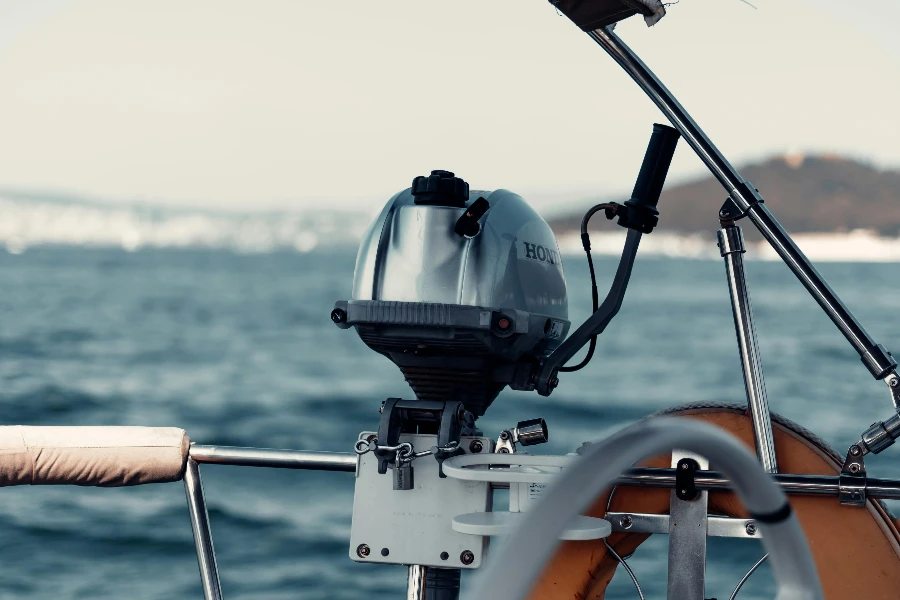
Outboard motor prices change depending on horsepower, manufacturer, and technology. Small motors with less than 25HP can start at around $1,000, while high-performance models with 300 HP or more can cost more than $25,000. Mid-range motors usually lie between the extremes, and offer power and cost-effectiveness for most recreational boaters.
And, of course, this should include not only the purchase price itself, but also the costs of keeping it maintained, fuelled and perhaps fixed-up during that motor’s lifetime. So, although an electrified outboard might initially be more expensive to buy, it could turn out to be the more economical choice in the long run if its operating costs turn out to be lower. Really the best value then would be a motor that exactly matches your needs, but which still does just that much.
In conclusion, it’s clear outboard motors are the de facto standard for propulsion in all kinds of boating. It’s also clear why. With a bit of technical knowledge, you can choose the type that’s right for your boating needs and enjoy a fun and safe experience on the water. Whether you’re replacing an existing motor or getting a new one on a new boat, here’s the information you need to get the best model for your maritime lifestyle.




